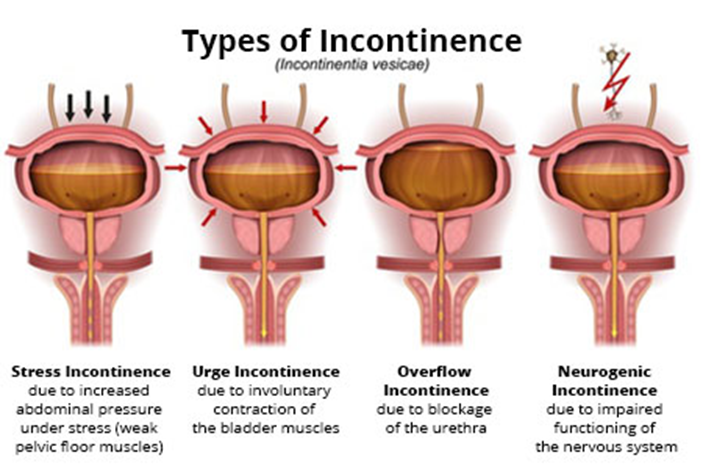The nurse is developing a plan of care for a client who is receiving aggressive drug therapy for treatment of HIV. The goal of this therapy is to:
promote the progression of disease.
conduct additional drug research.
intervene in late-stage AIDS.
improve survival rates.
The Correct Answer is D
A. Promote the progression of disease:
This statement is incorrect. The goal of HIV treatment is precisely the opposite: to inhibit the progression of the disease. HIV treatment, particularly antiretroviral therapy (ART), aims to suppress the replication of the virus in the body, slow down the progression of HIV infection, and prevent the development of AIDS-related complications. Promoting the progression of the disease would be counterproductive and contrary to the objectives of HIV management.
B. Conduct additional drug research:
Conducting additional drug research may be a goal in the broader context of advancing HIV treatment and finding new therapeutic approaches. However, it is not the primary goal of providing aggressive drug therapy to an individual client who is already undergoing treatment for HIV. The focus of aggressive drug therapy in this scenario is to effectively manage the virus, improve the client's health outcomes, and enhance their quality of life.
C. Intervene in late-stage AIDS:
Intervening in late-stage AIDS may be necessary in some cases to manage complications and improve outcomes for individuals with advanced HIV disease. However, the goal of aggressive drug therapy for HIV is not specifically to intervene only in late-stage AIDS. Instead, the goal is to initiate treatment as early as possible after HIV diagnosis, regardless of disease stage, to prevent the progression of HIV infection to AIDS and to maintain immune function.
D. Improve survival rates:
This is the correct choice. The primary goal of aggressive drug therapy for HIV, particularly with antiretroviral therapy (ART), is to improve survival rates. By effectively suppressing the replication of the virus, ART helps to preserve immune function, reduce the risk of opportunistic infections, and prolong the lifespan of individuals living with HIV. Improving survival rates is a key objective of HIV treatment and reflects the success of aggressive drug therapy in managing the infection.
Nursing Test Bank
Naxlex Comprehensive Predictor Exams
Related Questions
Correct Answer is C
Explanation
A. Have the technician come back later on:
This option suggests delaying the blood draw until a later time when the IV line is removed or after the infusion is completed. While this may seem like a reasonable approach to avoid interfering with the IV line, it could lead to unnecessary delays in obtaining essential laboratory test results.
B. Notify the surgeon to obtain the specimen via a cut-down procedure:
This option involves a more invasive procedure, called a cut-down, which is typically reserved for situations where peripheral venous access is challenging or impossible. It involves making an incision to expose a vein for direct cannulation. This approach is not warranted in this scenario, where obtaining blood from the opposite arm is a standard and less invasive practice.
C. Tell the technician to obtain the specimen from the client's left arm:
This option is the most appropriate response. It instructs the technician to draw blood from the client's left arm, which is free from the IV line. Drawing blood from the opposite arm minimizes the risk of complications associated with interfering with the IV infusion.
D. Stop the technician immediately:
While stopping the technician immediately may prevent them from proceeding with the incorrect approach, it lacks specific guidance on how to proceed correctly. It's essential to provide clear instructions to the technician to draw blood from the opposite arm rather than simply halting the procedure without further direction.
Correct Answer is D
Explanation
A. Developing most often in women in their 30s:
Stress incontinence can affect women of various ages, not specifically those in their 30s. While childbirth and hormonal changes associated with aging can increase the risk of stress incontinence, it is not limited to any particular age group.
B. Feeling a strong need to void:
This characteristic is more indicative of urgency incontinence, also known as overactive bladder (OAB), where there is a sudden, strong urge to urinate that is difficult to control. It is different from stress incontinence, which is triggered by physical movements or activities that increase pressure on the bladder.
C. Passing a large amount of urine:
This choice does not specifically describe a characteristic of stress incontinence. Stress incontinence involves the leakage of small amounts of urine during activities such as coughing, sneezing, laughing, or exercising, rather than the passage of a large amount of urine at once.
D. Sneezing as an initiating stimulus:
This is the correct characteristic of stress incontinence. Stress incontinence is characterized by the leakage of urine during physical activities or movements that increase intra-abdominal pressure, such as coughing, sneezing, laughing, lifting, or exercising. Sneezing is a common initiating stimulus for stress incontinence episodes.

Whether you are a student looking to ace your exams or a practicing nurse seeking to enhance your expertise , our nursing education contents will empower you with the confidence and competence to make a difference in the lives of patients and become a respected leader in the healthcare field.
Visit Naxlex, invest in your future and unlock endless possibilities with our unparalleled nursing education contents today
Report Wrong Answer on the Current Question
Do you disagree with the answer? If yes, what is your expected answer? Explain.
Kindly be descriptive with the issue you are facing.
